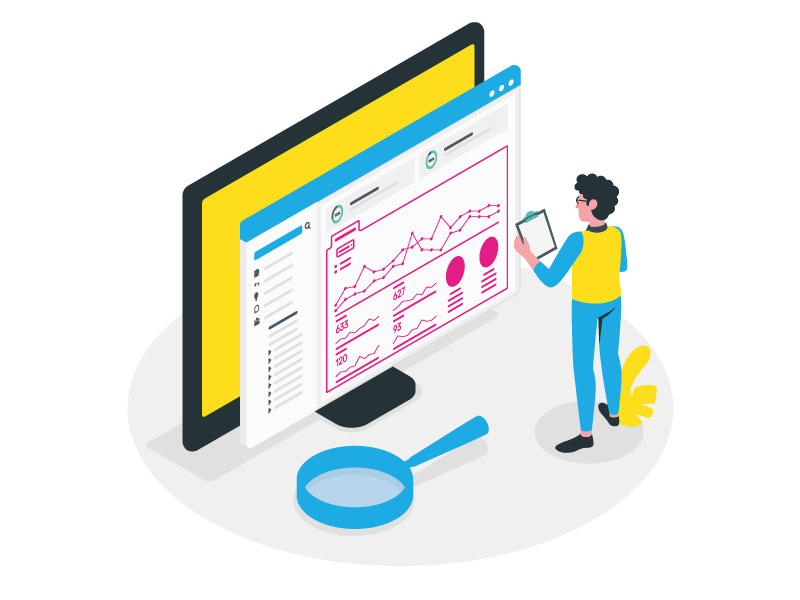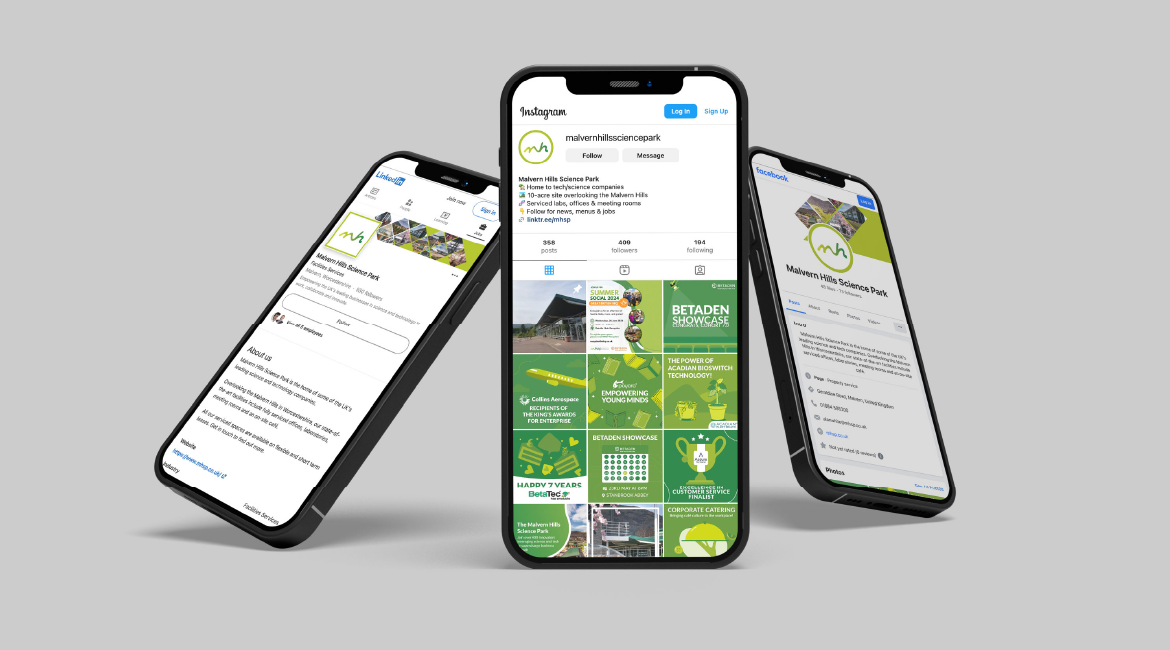What do website analytics allow you to do?

We offer insights and solutions IN WEBSITE DESIGN, BRANDING & DIGITAL MARKETING
August 9, 2022
4 Mins
Website analytics is a catch-all term for collecting and analysing data regarding visitors to a specific website. When it comes to web analytics, what insights can you gain about your business? Let's find out.
As a small business, the best thing to do here is to start with the basics. Your website gets a certain number of visitors per month – you know this. These visitors all have unique habits and behaviours – you know this. But did you know how useful it can be to gather data on those habits and behaviours? To pick up on patterns in your customer base?
And did you know you could do this by paying attention to analytics?
Website analytics can be the difference between a customer that comes to your website and clicks around for a while before leaving and a customer that sticks around long enough for you to make a sale.
So, in short, website analytics is a term for measuring, collecting, interpreting and reporting website data, usually about site users. It’s a form of market research that helps you better understand your visitors and your site.
In this article, we’ll delve into the benefits and show you how you can leverage the information to maximise your reach.
How can businesses benefit from using analytics on their website?
As we briefly mentioned earlier, analytics enable increased understanding of your website’s effectiveness and your core customer base. The benefits include:
• More visitor knowledge equals improved visitor experience – Analytics help you to understand your site visitors. When you know better what they want and how they usually behave, you can respond to this information to optimise their experience on your website.
• When your analytics create improvements, the site’s content shines – If you’re paying attention to the data, you’ll see when there’s a problem with your site/some content on your site. Say, for instance, it’s difficult to navigate. This means people are missing really good bits of content because they can’t find them! When analytics flag this up to you, you can fix it and let that content shine as it should
• The better the SEO, the further your site will go – Search engine optimisation (which helps to push your website higher up the rankings on search engines) is critical for any business looking to build its brand and boost its digital presence. The higher you rank, the more traffic you’ll drive to your site. And the better your site is (thanks to analytically signposted improvements), the higher it will rank.
• You can easily track your progress – Insightful reports tracking your analytics can tell you not just where you are but where you could go and where you’ve been. Cold, hard data is perfect for keeping track of how far your business has come and in which direction things are heading.
Well-interpreted analytics align perfectly with a sleekly designed site that’s easy to navigate. If this is an area that your business is struggling in, our website design services are poised to perfect your process.
When it comes to web analytics, what insights can you gain?
The key insights you can gain from website analytics are as follows:
· Where visitors come from
• Details about visitors like gender, age
• Where visitors go when they leave your site
• The reason why people come to your site
• Which pages on the site people frequent/which pages aren’t seeing as much traffic
• Goal conversions and assisted conversions
6 helpful website analytics tools
Analytics are gathered in several ways – page views, paths taken, traffic sources, referring sites, and conversion rates.
When you’re making time in your working life to track website analytics, it’s important to set goals, identify KPIs (key performance indicators) and process collected data against these goals and KPIs.
Develop a strategy and work to implement, experimenting and testing to see what does and does not work along the way.
One thing that’ll definitely help your gathering and interpreting? Website analytics tools. Here are some of the best options in our humble opinion:
1. Google Analytics – Use this tool to analyse website traffic, users, goal conversions, bounce rates and real-time visitor count.
2. Mixpanel – Use this advanced web analytics tool to track customer behaviour and KPIs on apps and websites
3. Matomo – Use this free tool to measure website traffic and user behaviour.
4. Hotjar – Like a heatmap, monitor user behaviours to understand where the ‘hot spots’ are on your site.
5. Amplitude – Use this web analytics tool for funnel conversions and tracking product usage.
6. HubSpot – A complete package for measuring web traffic, managing leads, email automation and conversion rate optimisation (CRO).
The specific offerings of each tool will differ, but most will report important statistics like where visitors are coming from, how long they’re staying, and what they’re up to while they’re on your site.
You can also use many of these tools for product, social media and marketing analytics.
Not sure where to start with website analytics?
If you’re feeling overwhelmed after reading this blog or have checked your existing analytics and your site’s not up to scratch, don’t fear. We’re here to help.
We’ll work closely with you to create a site to be proud of and an excellent base from which to start getting serious about website analytics. It all begins with a free audit of your existing site, which you can request from us today. Or if you’d prefer to do it yourself, follow our simple website audit checklist.
For more website, branding and marketing guidance, take a look at the rest of our blog.























